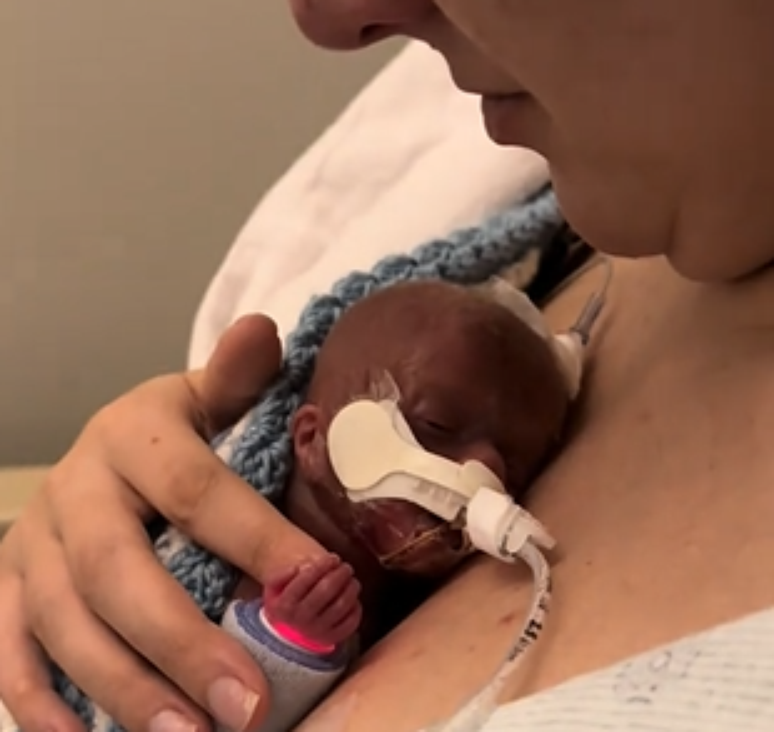An enemy of peace, candidiasis is an infection that appears in the vagina and can end up making your nerves boil due to discomfort. It is caused by a type of fungus called Candida albicans, better known as Candida. It normally lives in places in the body such as the mouth, throat, intestines and vagina without causing problems, but the problem occurs when the fungus multiplies to the point that it causes ingestion.
Additionally, the moist, dark environment of the vagina increases the chances of Candida spreading. It is a problem that appears occasionally, most of the time, but there is also recurrent candidiasis, when it recurs more frequently.
The person who provides us with all this information is Dr. Rodrigo Ferrarese. The gynecologist also explains the symptoms, causes and how to treat the disease. It is extremely important to pay attention to these aspects in case they appear one day. Come and understand!
What are the symptoms of candidiasis?
- Vaginal itching or pain
- Pain during sexual intercourse
- Pain or discomfort when urinating
- Abnormal vaginal secretions
While candidiasis presents mild symptoms for most women, for some it can cause serious infections involving redness, swelling, and even cracks in the vaginal wall.
What are the causes of candidiasis?
Since it is a relatively common disease, it is not considered an STI, which is a sexually transmitted infection. In this way you don’t “get” candidiasis, but it develops.
Women who are more likely to develop thrush include those who: are pregnant, use hormonal contraceptives (e.g. birth control pills), have diabetes, have a weakened immune system, are taking or have recently taken antibiotics, and maintain a diet high in sugar and carbohydrates.
How to prevent candidiasis?
Wearing cotton underwear can help reduce the chances of yeast infection and subsequent candidiasis symptoms. Another precaution is the use of antibiotics. Because they can cause candidiasis, they should be taken only when prescribed and exactly as directed by your doctor.
Food is another point that needs to be taken care of. Repeatedly eating lots of sweets and carbohydrates (white flour, in particular) helps to cope with the symptoms of candidiasis.
How is candidiasis diagnosed?
A gynecologist usually diagnoses candida by taking a small sample of vaginal discharge to examine under a microscope in the doctor’s office or send it to a laboratory for a yeast culture. However, a positive fungal culture does not always mean that Candida is causing the symptoms of candidiasis, because some women may have Candida in their vagina without experiencing any symptoms.
Therefore, a large part of the diagnosis also occurs through the clinical examination, which also includes an interview to understand the habits and possible changes in the patient’s life that may have caused the symptoms of candidiasis.
How to treat the symptoms of candidiasis?
For most infections, treatment consists of applying an antifungal medication to the vagina or a single dose of a specific medication taken by mouth.
Other treatments may be needed for more serious infections that do not improve or that continue to come back even after successful treatment.
The most important thing is not to self-medicate but to consult a gynecologist to understand, together, the best way to remedy the symptoms of candidiasis, especially if it is recurrent candidiasis.
Source: Terra
Ben Stock is a lifestyle journalist and author at Gossipify. He writes about topics such as health, wellness, travel, food and home decor. He provides practical advice and inspiration to improve well-being, keeps readers up to date with latest lifestyle news and trends, known for his engaging writing style, in-depth analysis and unique perspectives.









